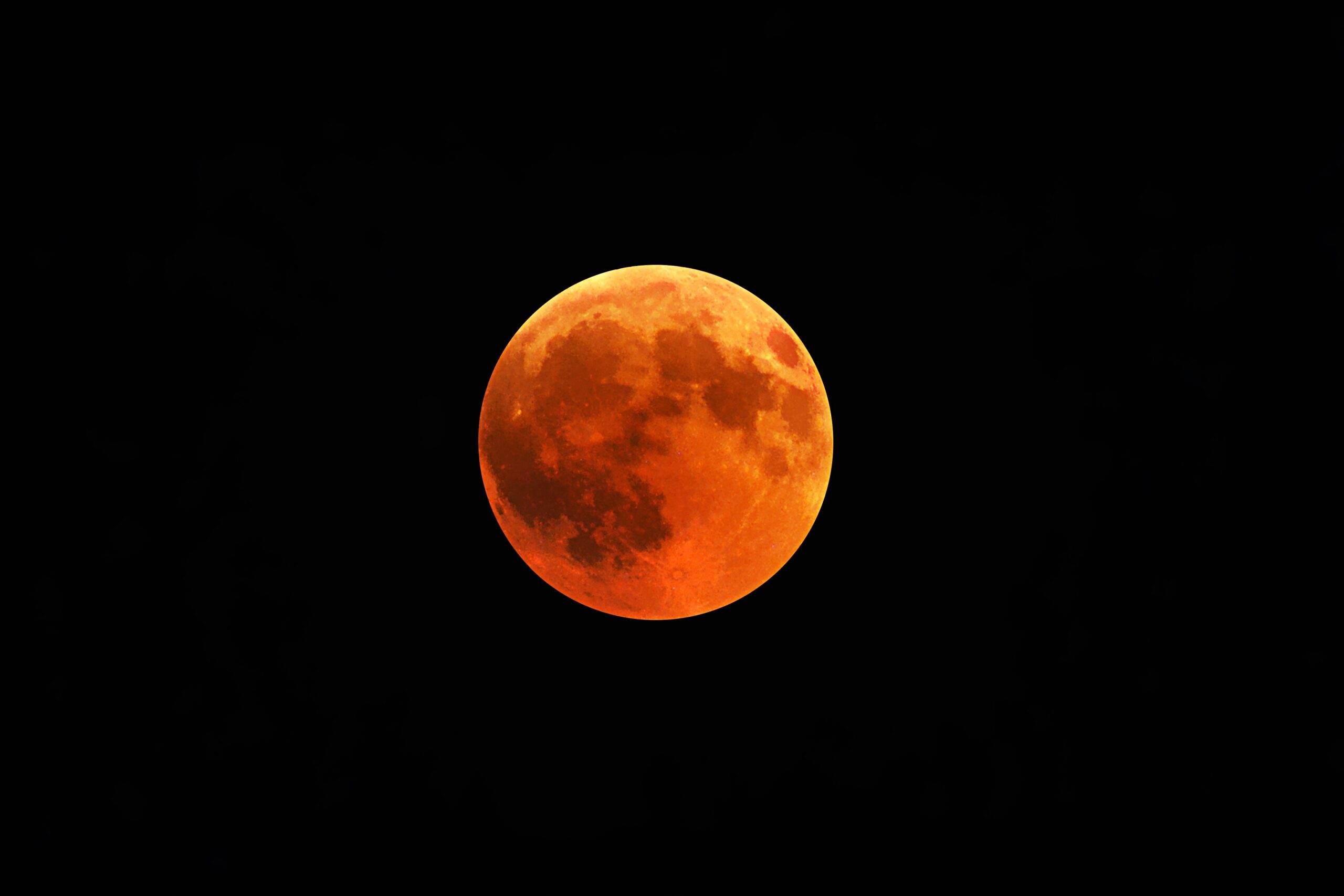introduction to when’s the next lunar eclipse
Lunar eclipses are among the most mesmerizing celestial events, captivating skywatchers worldwide with their dramatic transformations of the Moon. Unlike solar eclipses, which require special eye protection and precise positioning to observe, lunar eclipses can be enjoyed safely with the naked eye from virtually anywhere on Earth where the Moon is visible. when’s the next lunar eclipse
In this article, we’ll explore the upcoming lunar eclipse, including when and where to see it, the science behind these stunning events, and tips for getting the best viewing experience. when’s the next lunar eclipse
When Is the Next Lunar Eclipse?
The next lunar eclipse will occur on March 14, 2025. This will be a total lunar eclipse, often called a “Blood Moon” due to the reddish hue the Moon takes on when passing through Earth’s shadow. when’s the next lunar eclipse
Timing of the Eclipse (UTC Time)
Penumbral Eclipse Begins: 04:53 UTC
Partial Eclipse Begins: 05:59 UTC
Total Eclipse Begins: 07:12 UTC
Maximum Eclipse: 07:59 UTC
Total Eclipse Ends: 08:45 UTC
Partial Eclipse Ends: 09:58 UTC
Penumbral Eclipse Ends: 11:03 UTC
For observers in North and South America, the eclipse will occur in the early morning hours, while those in Europe and Africa will see it in the late evening. Some parts of Asia and Australia will also catch glimpses of the event as the Moon sets. when’s the next lunar eclipse
What is a Lunar Eclipse?
A lunar eclipse occurs when the Earth comes directly between the Sun and the Moon, casting a shadow on the lunar surface. There are three main types of lunar eclipses: when’s the next lunar eclipse
Penumbral Lunar Eclipse
The Moon passes through Earth’s outer shadow, the penumbra, causing only a subtle dimming. These eclipses are often difficult to notice with the naked eye. when’s the next lunar eclipse
Partial Lunar Eclipse
A portion of the Moon moves into Earth’s umbra (the darker, central shadow), creating a noticeable dark segment. However, part of the Moon remains illuminated by direct sunlight. when’s the next lunar eclipse
Total Lunar Eclipse
The entire Moon enters Earth’s umbra, resulting in a breathtaking “Blood Moon.” This happens because some sunlight bends around Earth’s atmosphere and scatters, allowing red and orange wavelengths to reach the Moon.
The March 2025 eclipse will be a total lunar eclipse, meaning viewers will see the full effect of Earth’s shadow enveloping the Moon in a deep reddish glow.
Where Will the Lunar Eclipse Be Visible?
The total lunar eclipse on March 14, 2025, will be visible across large portions of the world, though the exact experience will depend on your location.
Best Viewing Locations
North America: Most of the eclipse will be visible, especially on the West Coast. when’s the next lunar eclipse
Why Does the Moon Turn Red During a Total Eclipse?
The phenomenon of a Blood Moon occurs due to Rayleigh scattering—the same process that makes sunsets appear red. When sunlight passes through Earth’s atmosphere, shorter blue wavelengths scatter, leaving behind red and orange hues. These colors bend around Earth and illuminate the Moon during totality, creating a deep red, orange, or copper glow.
The exact shade of red depends on atmospheric conditions. If there are a lot of dust particles or volcanic ash in the air, the Moon may appear darker red or brownish.
How to Watch the Lunar Eclipse
One of the best things about a lunar eclipse is that it requires no special equipment—you can simply step outside and look up! However, here are some tips to enhance your viewing experience: when’s the next lunar eclipse
1. Find a Dark Location
While lunar eclipses are visible from urban areas, a dark, clear sky provides the best contrast. Avoid city lights if possible.
Check the Weather Forecast
Cloud cover can block your view, so check the forecast in advance. If conditions aren’t favorable, consider live streams from observatories or space agencies.
Use Binoculars or a Telescope
While not required, binoculars or a telescope can enhance details like the texture of lunar craters and the subtle color variations during totality.
Capture the Moment with Photography
A DSLR camera with a telephoto lens can produce stunning images. If using a smartphone, adjust exposure settings to capture the Moon’s details without overexposure.
Observe the Entire Event
A total lunar eclipse lasts several hours. If possible, watch from start to finish to see the gradual changes in brightness and color.
Myths and Cultural Significance of Lunar Eclipses
Lunar eclipses have fascinated cultures for centuries, inspiring myths and legends: when’s the next lunar eclipse
- Ancient China: People believed a giant dragon was swallowing the Moon and would bang drums to scare it away.
- Incan Civilization: The eclipse was seen as a sign that a jaguar was attacking the Moon.
- Hindu Mythology: It was thought that Rahu, a demon, swallowed the Moon during an eclipse.
- Western Superstitions: Some associated “Blood Moons” with ominous events or prophecies.
Today, we understand the science behind lunar eclipses, but they still remain deeply symbolic and awe-inspiring.
How Often Do Lunar Eclipses Occur?
Lunar eclipses aren’t rare, but total eclipses occur less frequently. On average, there are two to five lunar eclipses per year, but not all are total.
The next major lunar eclipses after March 2025 are:
September 7, 2025 (Partial Lunar Eclipse)
March 3, 2026 (Penumbral Lunar Eclipse)
August 28, 2026 (Partial Lunar Eclipse)
December 31, 2028 (Total Lunar Eclipse)
Total lunar eclipses only occur when the Sun, Earth, and Moon align perfectly, making them spectacular but not an everyday event. when’s the next lunar eclipse
Final Thoughts: Don’t Miss This Celestial Event!
The total lunar eclipse on March 14, 2025, will be a breathtaking sight for skywatchers worldwide. Whether you’re an avid astronomer or a casual observer, this event offers a rare opportunity to witness Earth’s shadow transform the Moon into a glowing red orb.
Mark your calendars, find a good viewing spot, and prepare for one of nature’s most magical celestial shows! when’s the next lunar eclipse










